Overview in English
Making in schools is more than just a new trend. It is a movement that has the potential to fundamentally change the way we teach and learn. This website not only offers an insight into the world of school-based maker education. It also offers concrete steps you can adopt on your way from idea to a finished MakerSpace and, above all, to the establishment of a making culture at your school. Based on the findings of a three-year practical research project in the Swiss canton of Thurgau, in which five schools integrated making into everyday school life under different conditions, the website offers a wealth of tried-and-tested implementation options and pedagogical concepts (content in German only). It shows how you can promote creativity and participation in schools and integrate making activities into various subjects. The website is divided into the following six sections.
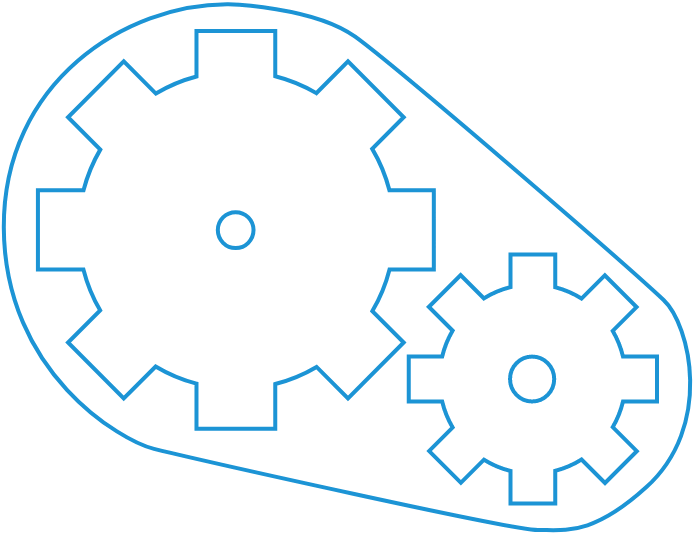
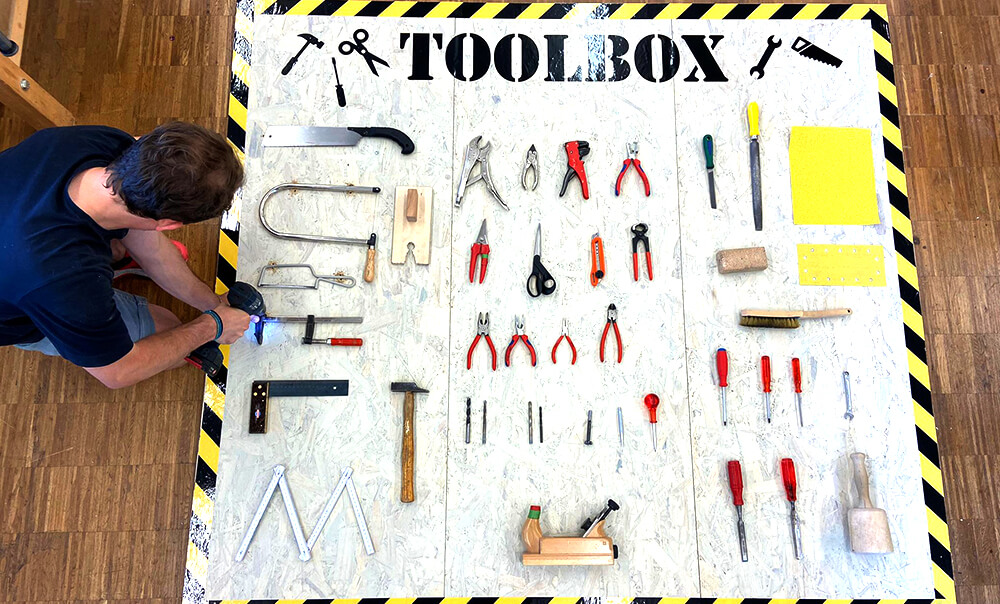
Starting
Before you embark on a Making School development project, it is important that you examine the existing conditions together. Successful implementation depends on several factors - including the support of the school management, your willingness to try out new teaching and learning methods as a team, and the interest and commitment of the students. Equally crucial are spatial conditions and the existing school culture, as they form the framework for creative and innovative work.
To enable you to make a realistic assessment of your school, we recommend using our checklist. By completing this checklist, you will receive feedback on how well your school is prepared for the implementation of maker education. It can serve as a basis for further planning and discussions within the teaching staff.
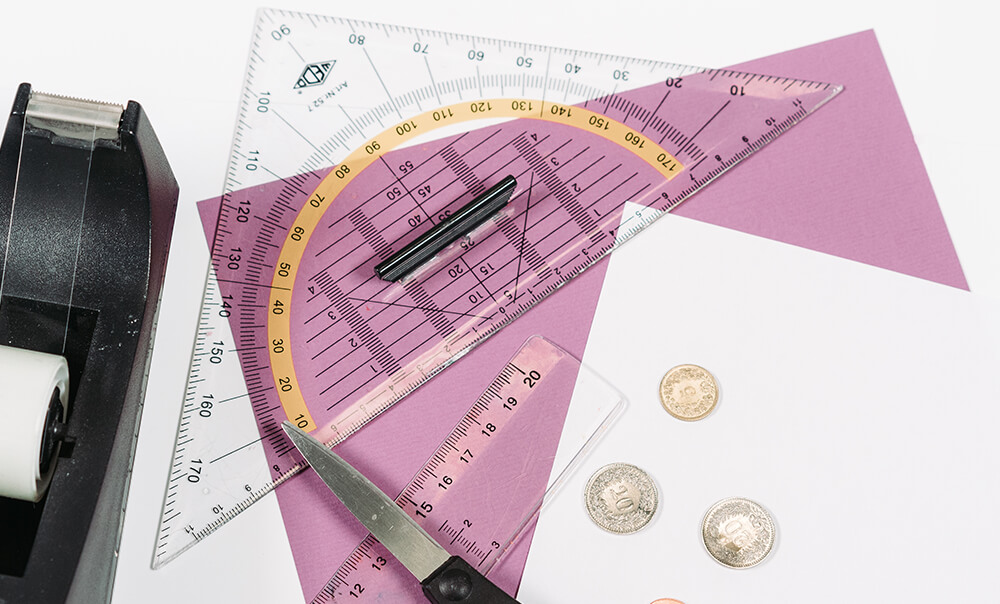
Planning
Once the school is ready for the project, the planning phase can begin. In this phase, the course is set for the further course of the school development project. Important questions need to be clarified and decisions made. Who should be involved right from the start? How can the idea of the project be communicated in the school in such a way that other colleagues, school management, school authorities and parents are won over? The aim is to identify potential stumbling blocks at an early stage and develop a plan for providing the necessary resources. You should consider financial aspects as well as the procurement of materials and equipment. The "Planning" chapter will give you a clear idea of how the project can be organised.
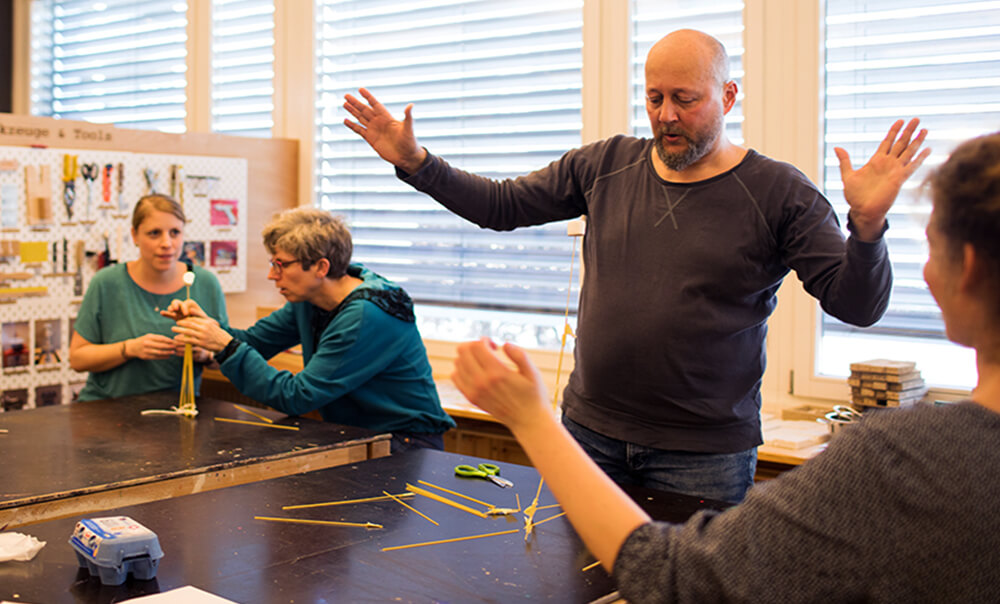
Designing
In the conceptual phase, the content, educational and organisational aspects of the project are specified and developed. These decisions usually have to be made in a team and take time. It is not expedient to start with the room concept or possibly with the purchase of specific equipment before it is even clear what is to happen educationally in the MakerSpace. This is why questions such as "What understanding of making are we starting from?", "Who should use the MakerSpace and when?" and "What activities should take place there?" are central to this phase.
A clear pedagogical vision and a well thought-out concept are the basis for successful implementation. The development of a making curriculum and the Identifying training needs for teachers are also important parts of this phase. By carefully considering these aspects, you will ensure that the MakerSpace not only becomes a physical space, but that a maker mindset can develop at the school that unleashes the creativity of teachers and students and inspires them to tinker and invent.
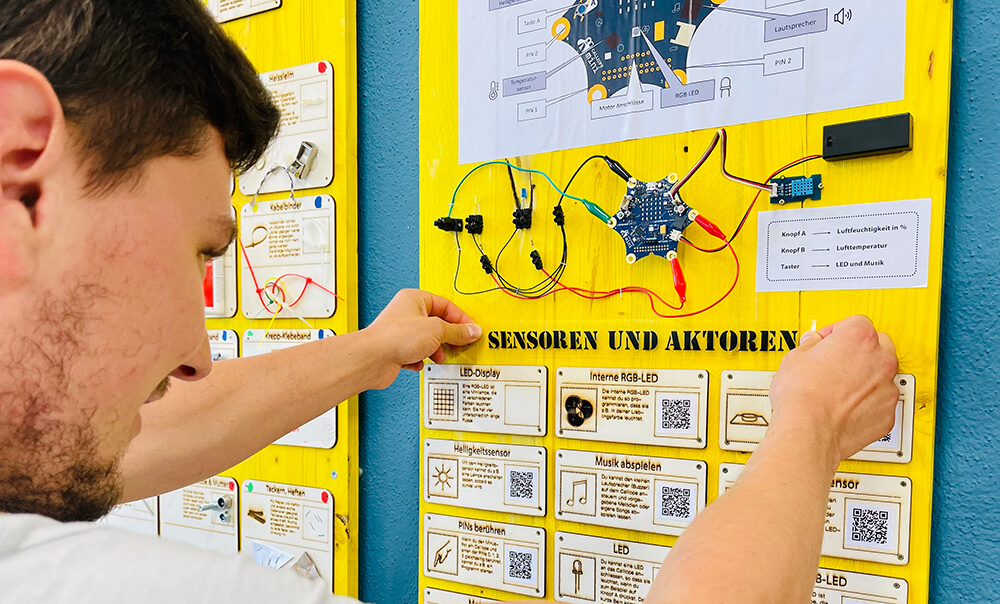
Implementing
The implementation phase is all about turning the previously conceptualised ideas into reality. Here you will concentrate on the practical design of the making learning environment (MakerSpace). You will find suggestions and information on room design and layout, the selection of materials, machines and equipment that are important for putting the pedagogical principles and principles of maker education into practice. The challenge is to find the right balance between versatility and user-friendliness so that the space is suitable for both beginners and advanced makers.
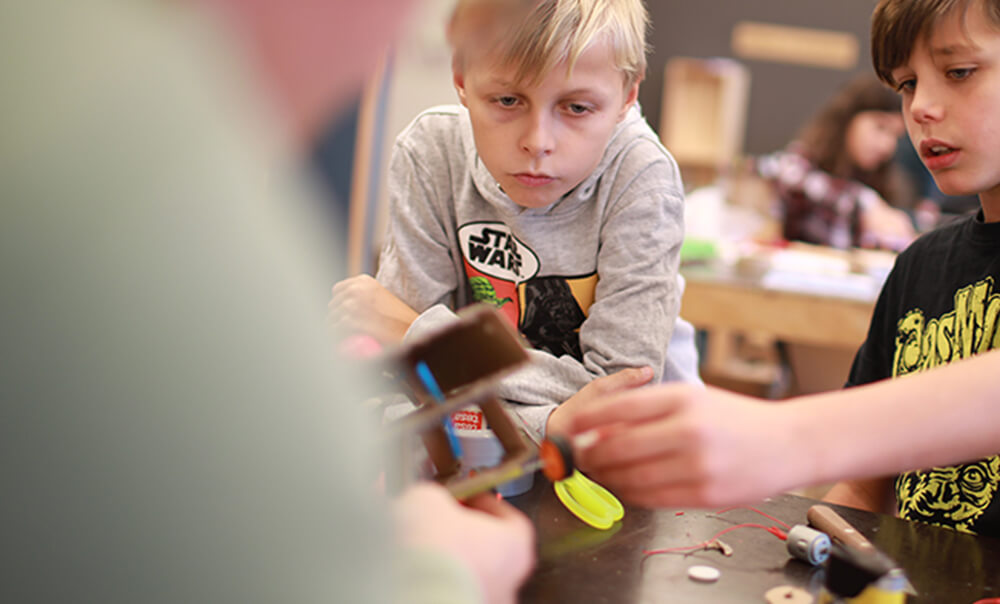
Teaching
Teaching in the MakerSpace is exciting and educational. Here, students can experience how to tinker and develop independently, learn from failure and present and document their projects. Many things work differently in this environment than in regular lessons, which brings new challenges and opportunities. In this chapter, you will find out what teaching in the MakerSpace actually means. You will learn how to plan lessons in the MakerSpace and how the learning processes can be didactically structured. You will explore together which methods are useful in the MakerSpace and which making activities are particularly suitable. You will also find tips on how making tasks should ideally be designed to promote creativity and problem-solving skills. You will be provided with methods on how making achievements can be meaningfully assessed and to what extent an "objective" assessment is possible in this creative context. Various approaches and methods for assessing performance are presented, which take into account not only the end product but also the work process, process documentation and the presentation of results.
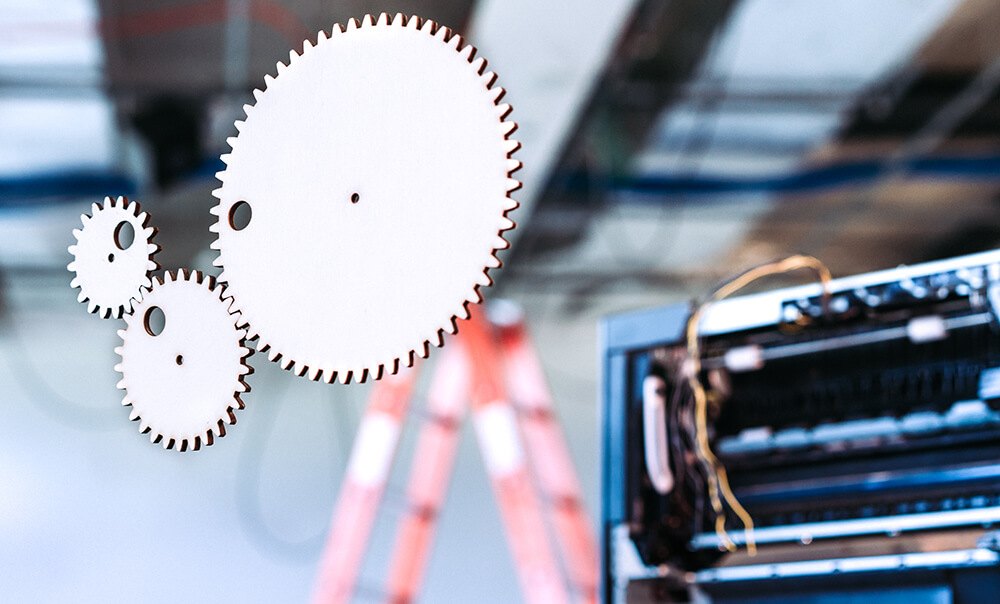
Developing
The final phase of integrating making into everyday school life is dedicated to the long-term perspective. Such a project should never be seen as completely finished. Technologies are constantly evolving, and the preferences and interests of students and teachers also change over time. It therefore makes sense to check at regular intervals where the project stands and whether it needs to be adapted or updated. This will ensure that Making remains alive at your school. In this final chapter, you will receive tips on how you can "measure" the progress of implementation at your school and which critical points you should pay particular attention to.